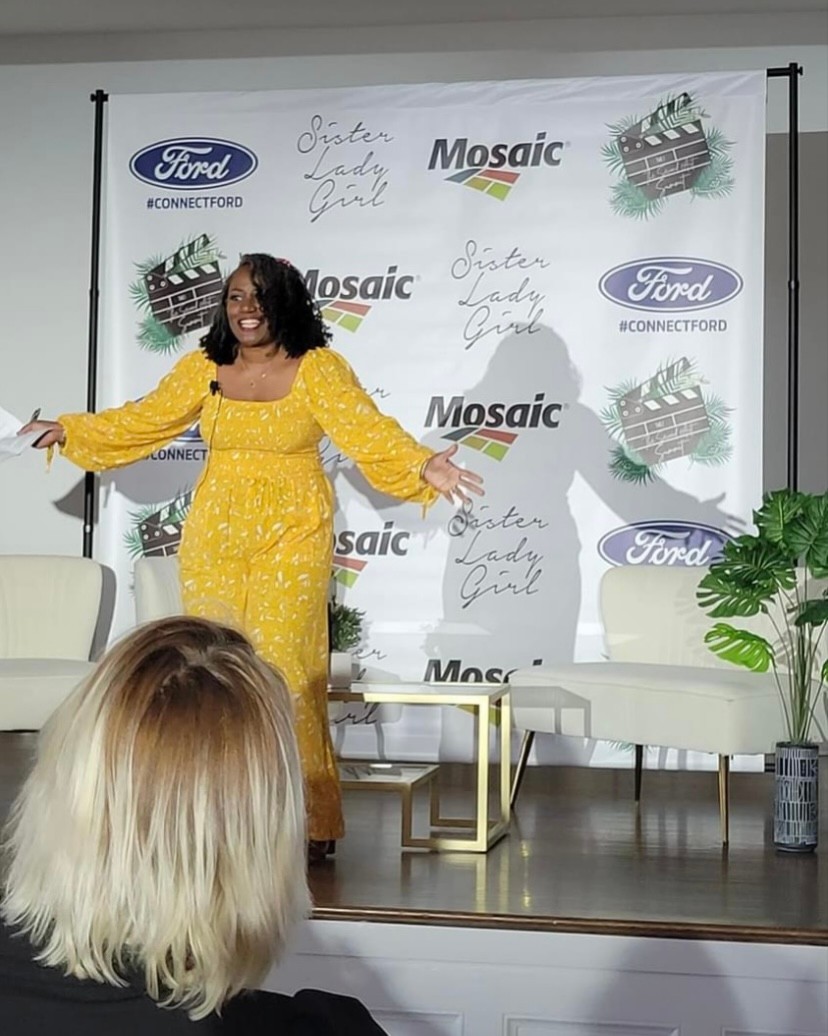We recently connected with Quin Brewington and have shared our conversation below.
Hi Quin, thanks for joining us today. Coming up with the idea is so exciting, but then comes the hard part – executing. Too often the media ignores the execution part and goes from idea to success, skipping over the nitty, gritty details of executing in the early days. We think that’s a disservice both to the entrepreneurs who built something amazing as well as the public who isn’t getting a realistic picture of what it takes to succeed. So, we’d really appreciate if you could open up about your execution story – how did you go from idea to execution?
During the span of the 30 years that elapsed between me graduating from college and enrolling in grad school, the internet went from not even being a thing to a whole entire “internet of things,” with social media, smart phones, apps, wearables and a whole host of other innovations that completely changed the way we communicate and relate to one another as human beings.
I took a crazy amount of online courses in hopes of staying current, but the information I had access to was either wildly inconsistent or too outdated to do me any good on the job. But changes (aka job cuts) were coming. Every three-to-four years, they always did.
This was the trigger event that made me look at my current situation and ask myself some hard questions. The biggest one being: Was I confident that I could hang onto my job at my current skill level? The answer was a sobering one. I knew I couldn’t control the decisions that others might make about my circumstances, but I could control how I prepared for it. So, at 49 years old, I was inspired to go back to school to get my Master’s degree in communications.
While researching for my thesis, I made a discovery that would profoundly change the way I thought about age and aging, particularly as it relates to women. Much of what I’d been studying was focused on transformations in communications. Specifically, how influencer marketing was reshaping the advertising industry and the impact of those changes on the Consumer Decision Journey.
One study I came across suggested there were specific markers in every woman’s life when she was most likely to make certain purchasing decisions: when she gets married, when she and her spouse buy a home, when she has a child and when she becomes an empty-nester. There were very few, if any, data markers after that. It was as if women in their middle years simply disappeared.
I was shocked by how visceral my response to learning this was. The idea that women over 40 had to wave the white flag and surrender to aging was ludicrous to me.
Life for women doesn’t end at 40. In many ways, it’s the beginning, so that’s when the idea for The Second Act Summit™, my annual conference created to change the narrative about women in midlife.



Quin, love having you share your insights with us. Before we ask you more questions, maybe you can take a moment to introduce yourself to our readers who might have missed our earlier conversations?
I provide GenX women who have a desire for more flexibility and autonomy with the tools and resources they need to leverage their skills, knowledge and experiences to explore their possibilities and create new personal and professional opportunities for themselves.
I love to learn and this has translated into loving to teach what I learn. When I went back to school, my perspective changed and getting Gen X women to see their age, expertise and years of experience as opportunities instead of obstacles has become my super power.
I’m on a mission to help women over 40 make the next phase of life their best phase of life by embracing all that they are and being unapologetic about wanting more. I want these women to EXPLORE, DREAM & DISCOVER what comes next. So, I supply strategies and techniques to help them pivot, plan and propel in the second half of life.
What’s been the most effective strategy for growing your clientele?
My business is based on four core pillars: Community, Connection, Curriculum and Conversation.
Community has definitely been the driving force behind growing my audience.
Numerous studies have shown how women over 40 feel ‘left on a shelf’ and essentially ignored in society.
So, creating a space where they feel seen, heard and celebrated has been key.



What’s a lesson you had to unlearn and what’s the backstory?
As GenX women, we’ve been taught from the moment we received our first baby doll that our principle role was that of nurturer, provider and supporter.
We could work outside of the home, but were responsible for ensuring the home was well kept, the children were fed and clothed and the husband was happy.
The stress of all that responsibility has taken it’s toll on how we view ourselves. Historically, we’ve given our time and energy to others and never ourselves.
Learning to let go of the guilt and putting ourselves first is something this generation struggles with.
So changing the narrative and unlearning who and what we should and could be as women is the transition that this business focuses on.
Contact Info:
- Website: www.SisterLadyGirl.com
- Instagram: @sisterladygirl
- Facebook: @sisterladygirl
Image Credits
n/a


